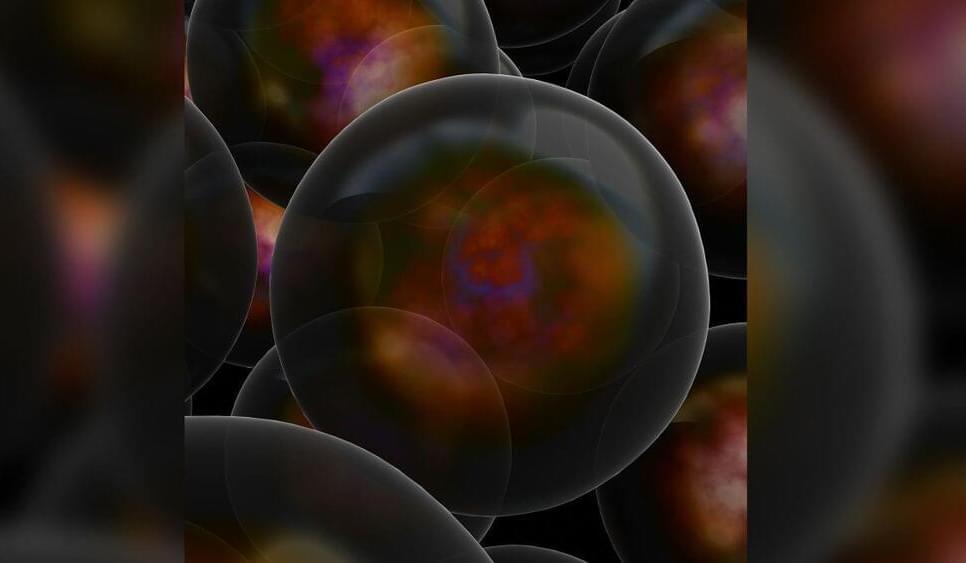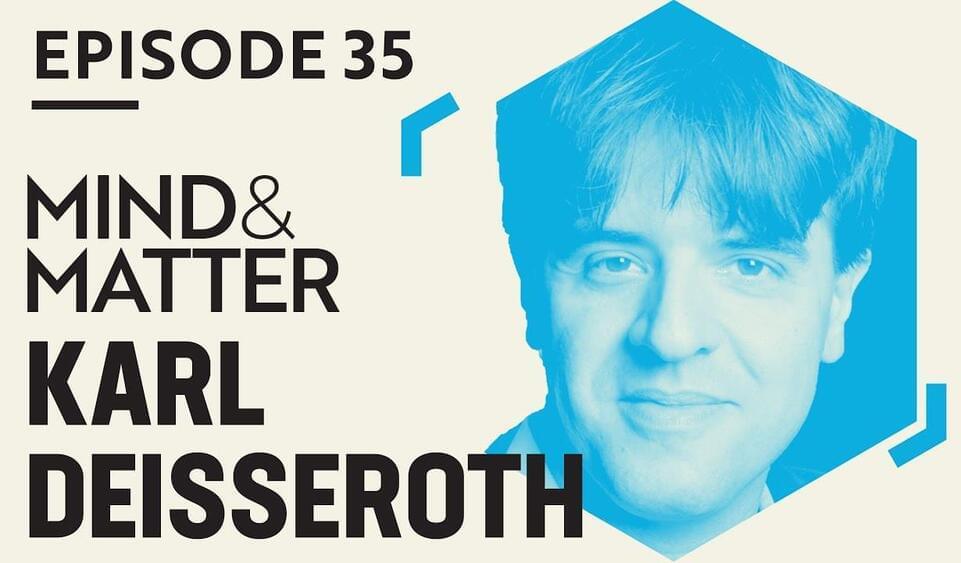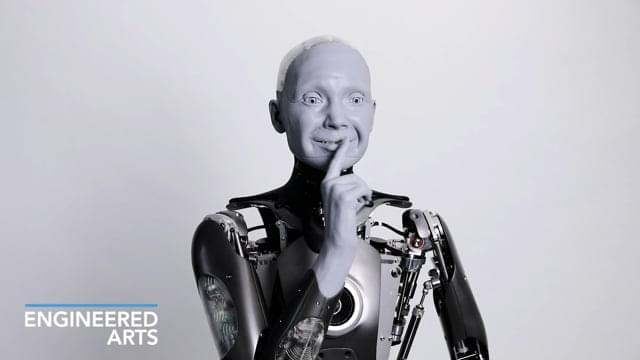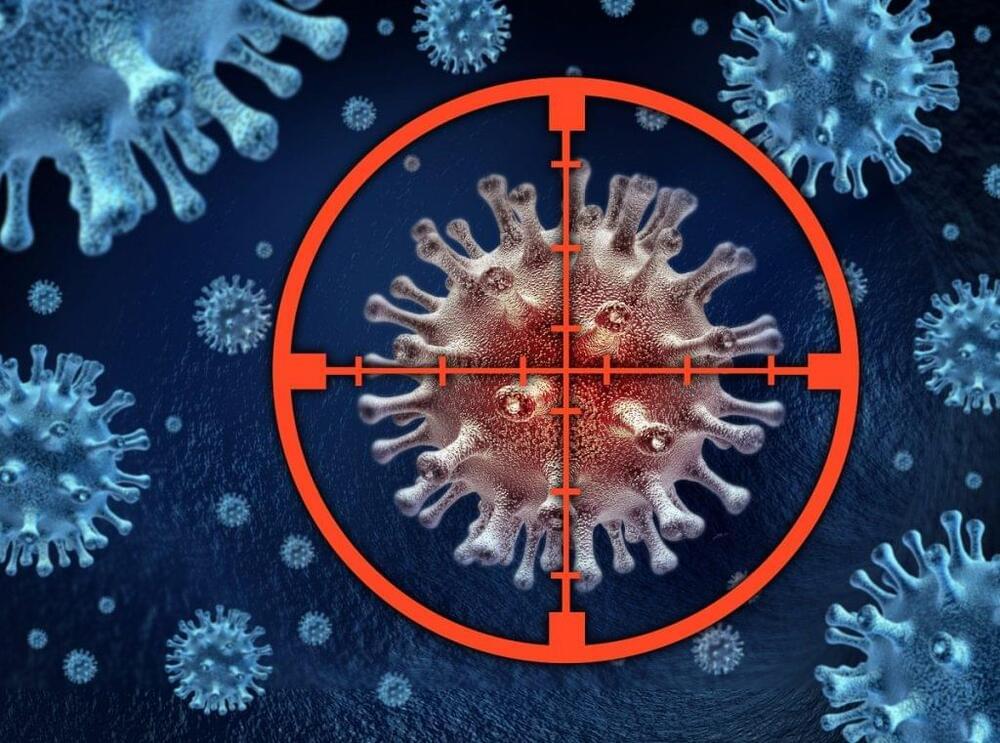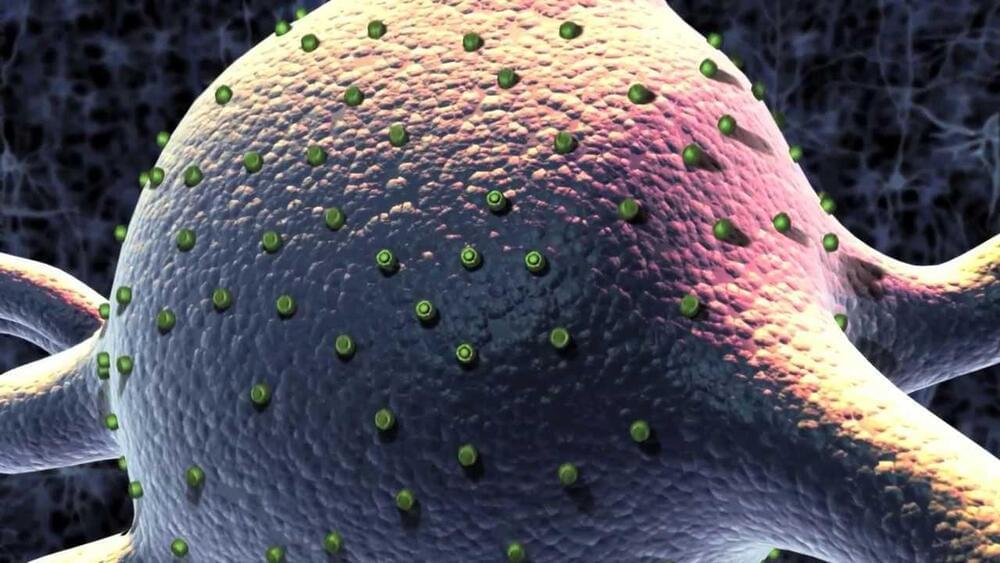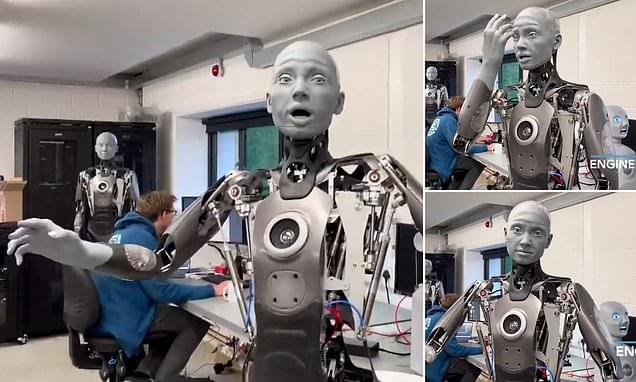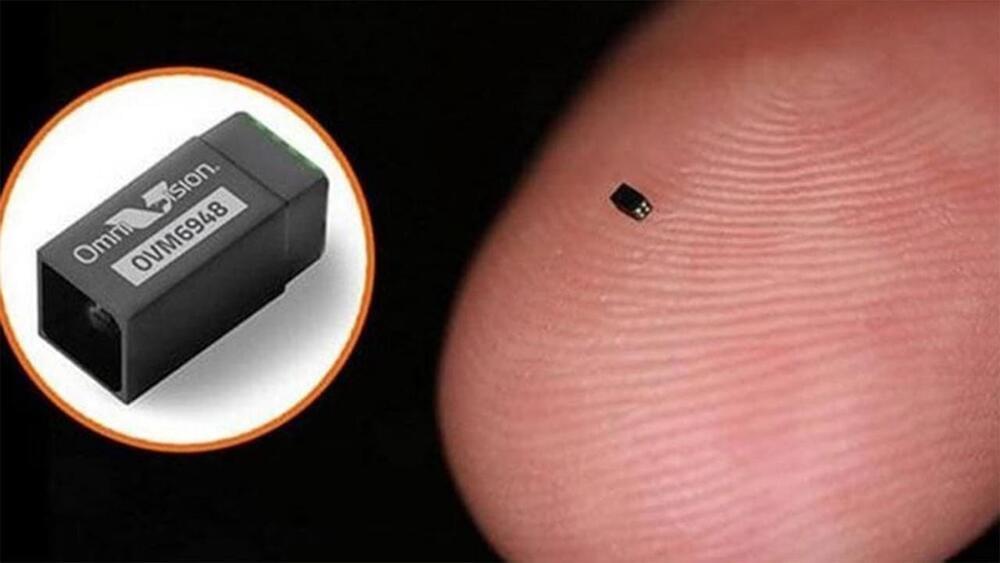Physicists propose an new exponential growth mechanism for dark matter creation.
In a new study published in Science, researchers have developed a new method for detecting infrared light by changing its frequency to a corresponding frequency in the range of visible light.
Electromagnetic waves have a characteristic frequency and wavelength that are inversely proportional; as one increases, the other decreases. Measured in Hertz (Hz), human eyes can perceive light frequencies between 400 and 750 trillion Hz, or terahertz (THz). Smartphone cameras can detect down to 300 THz, and other detectors used in fiber-optic cables can detect around 200 THz.
Nick talks to Stanford psychiatrist and neuroscientist Dr. Karl Deisseroth. They discuss a range of topics about the brain, including autism, depression, bipolar disorder, dissociation, and more. They also talk about optogenetics, a technique Karl co-developed which uses light to control specific neurons in the brain, allowing neuroscientists to turn circuits in the brain on and off to reveal how the brain generates perception, emotion, and behavior. They also talk about Karls’ new book, “Projections: A Story of Human Emotion.”
Buy “Projections” by Karl Deisseroth: https://www.amazon.com/gp/product/1984853694/ref=as_li_tl?ie…40e9fc7537
Support the podcast: https://www.patreon.com/nickjikomes.
Organize your e-book highlights & notes w/ the Readwise app (two months free with signup through link): readwise.io/nickjikomes.
Start your own podcast ($20 Amazon gift card after signup): https://www.buzzsprout.com/?referrer_…
Learn more about this episode’s sponsor, Dosist: https://dosist.com/
Mind & Matter shirts: (15% off w/ code “NICKJIKOMES”): https://www.etsy.com/shop/OURMIND?ref…
Connect with Nick Jikomes on Twitter:
Engineered Arts has provided a sneak preview of its latest robot, Ameca, which it claims is the most advanced android ever built. The machine will be on display at CES 2022.
Founded in 2005, Engineered Arts is a UK-based company that designs and manufacturers humanoid entertainment robots. Its first machine, RoboThespian, appeared on stage at the Eden Project in Cornwall. Since then, the company has installed more than 100 robots at exhibitions, science centres, theme parks and other venues worldwide. Over the years, its robots have evolved to have more realistic human movements and ways of interacting with people.
Ameca, seen briefly in the video below, is the newest addition to the line-up – described as “the world’s most advanced human shaped robot, representing the forefront of human-robotics technology.”
Astronomers at The University of Texas at Austin’s McDonald Observatory have discovered an unusually massive black hole at the heart of one of the Milky Way ’s dwarf satellite galaxies, called Leo I. Almost as massive as the black hole in our own galaxy, the finding could redefine our understanding of how all galaxies — the building blocks of the universe — evolve. The work is published in a recent issue of The Astrophysical Journal.
The team decided to study Leo I because of its peculiarity. Unlike most dwarf galaxies orbiting the Milky Way, Leo I does not contain much dark matter. Researchers measured Leo I’s dark matter profile — that is, how the density of dark matter changes from the outer edges of the galaxy all the way into its center. They did this by measuring its gravitational pull on the stars: The faster the stars are moving, the more matter there is enclosed in their orbits. In particular, the team wanted to know whether dark matter density increases toward the galaxy’s center. They also wanted to know whether their profile measurement would match previous ones made using older telescope data combined with computer models.
Preventing Cancer Metastatis
Posted in biotech/medical
This could be the key to preventing or stopping cancer metastasis which is the primary cause of death due to cancer.
99% of breast cancer patients survive five years after diagnosis, only 29% do if the cancer has metastasized, according to current numbers from the National Cancer Institute.
Transhumanism is the belief that humanity can evolve beyond its limitations — chiefly, death — using technology. It is deeply misguided.
Explained: Optogenetics
Posted in genetics
Associate Professor of Biological Engineering and Brain and Cognitive Sciences Ed Boyden explains optogenetics and how it is used in neurological research.
Video: Emily Heusted
Meet Ameca: with eerily realistic facial expressions and movements…
Cornwall-based Engineered Arts, which brands itself ‘the UK’s leading designer and manufacturer of humanoid entertainment robots’, unveiled the machine on YouTube to much excitement.
Many viewers expressed their amazement at how realistic and human-like the machine is.
Scientists with the help of next gen Artificial Intelligence managed to create the smallest and most efficient camera in the world. A specialist medical camera that measures just under a nanometer has just entered the Guinness Book of Records. The size of the grain of sand, it is the camera’s tiny sensor that is actually being entered into the world-famous record book, for being the smallest commercially available image sensor.
–
TIMESTAMPS:
00:00 A new leap in Material Science.
00:57 How this new technology works.
03:45 Artificial Intelligence and Material Science.
06:00 The Privacy Concerns of Tiny Cameras.
07:45 Last Words.
–
#ai #camera #technology
